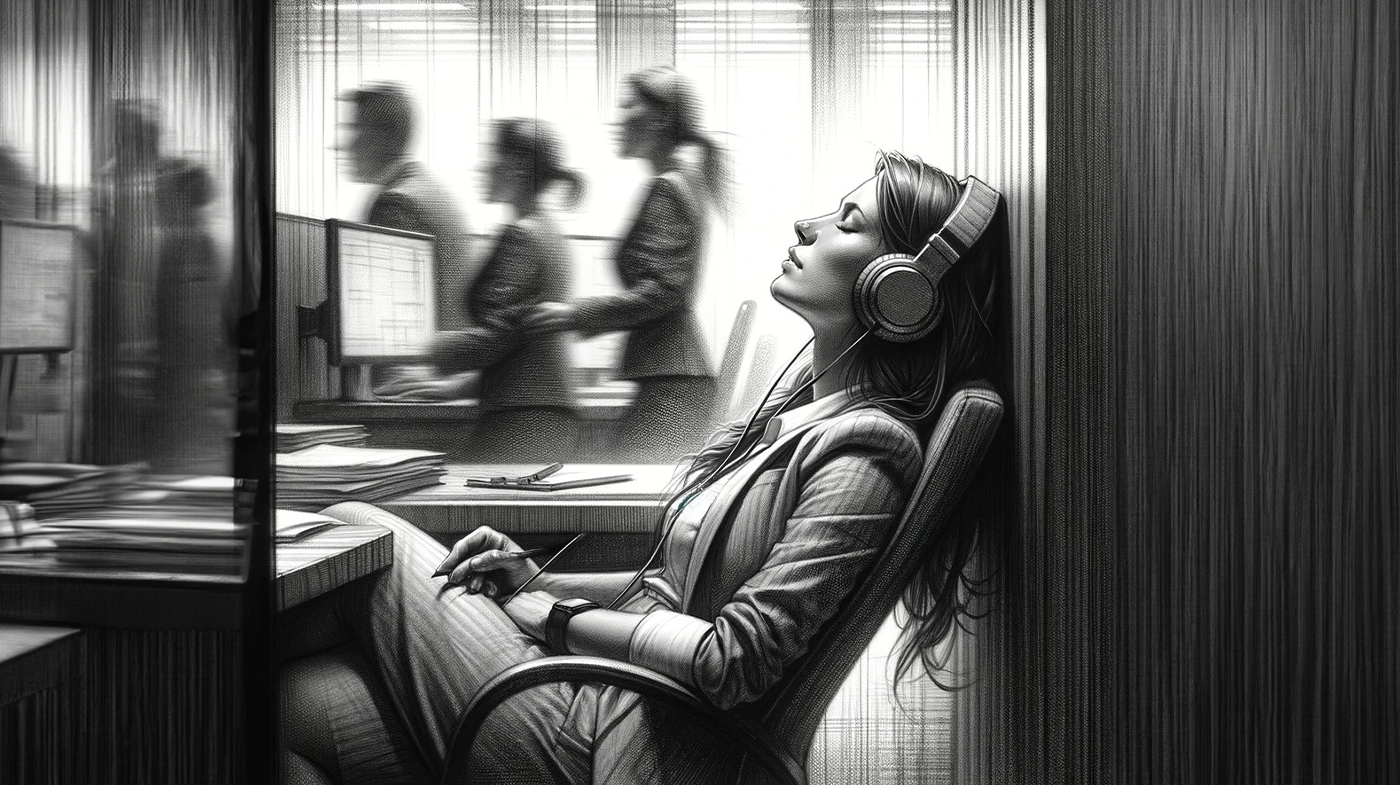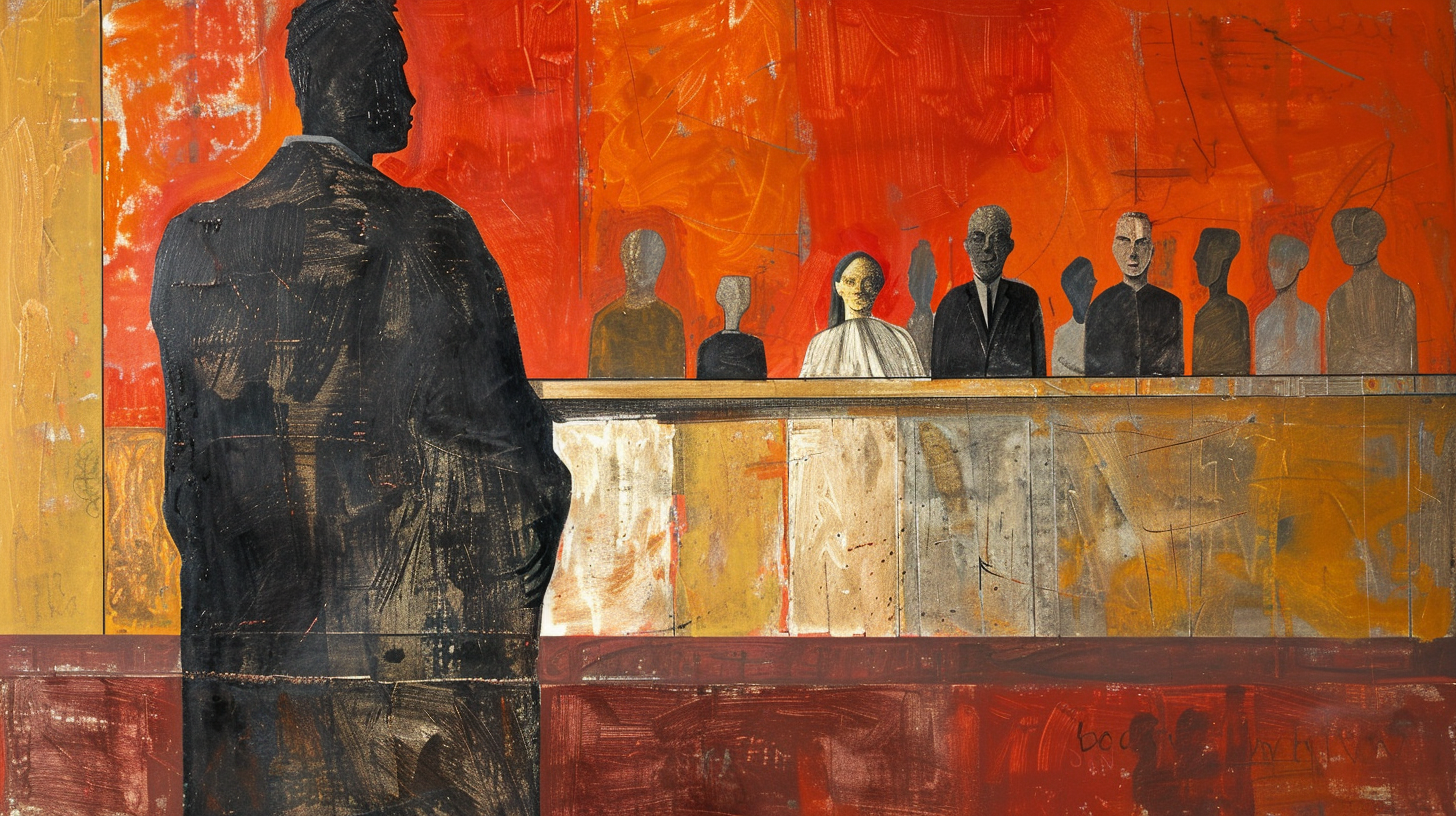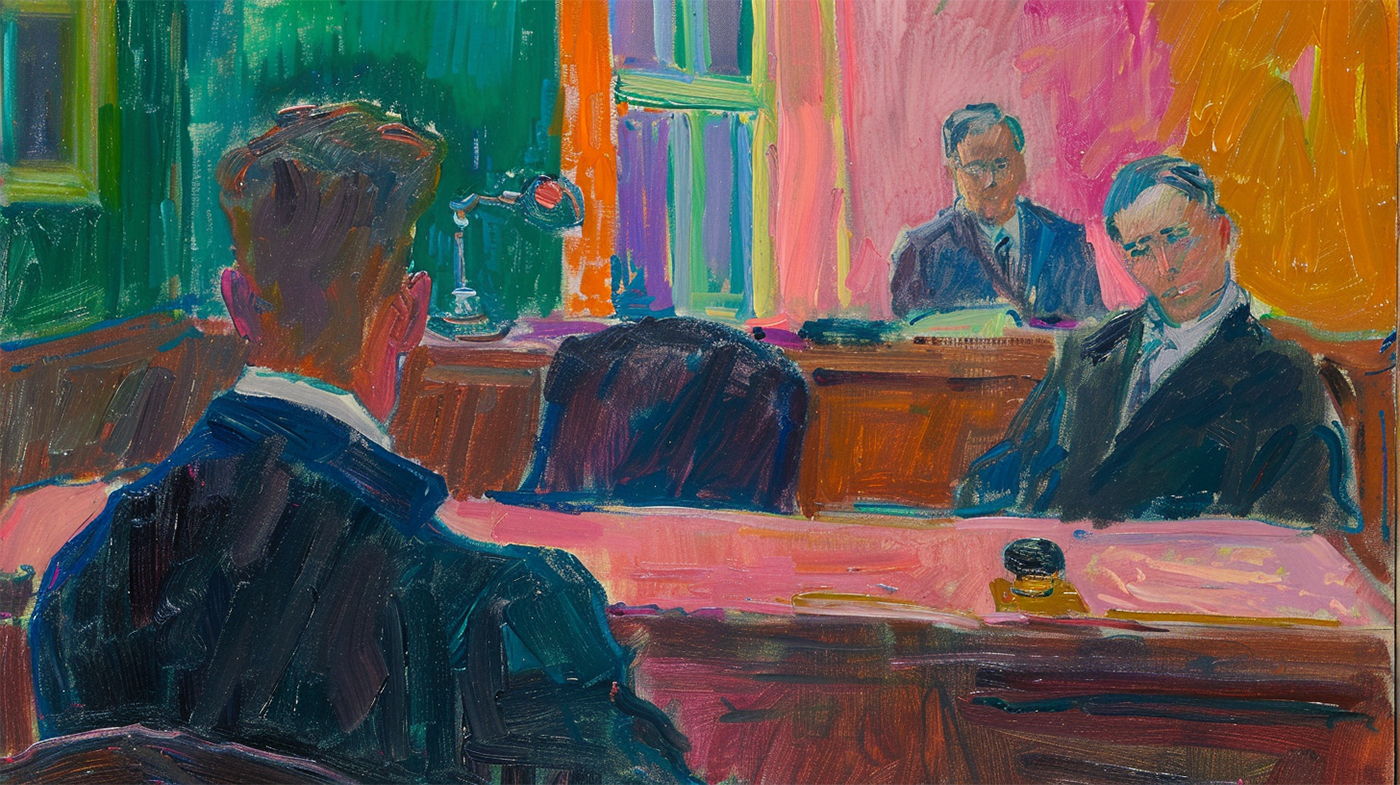In preparation for the court, the lawyers for the respective parties will agree upon a Common Bundle of Documents (CBD). It is supposed to contain all the documents that the litigants will submit to the court in support of their respective cases.
There are two dimensions to each document in the CBD.
The first is the authenticity of a document. This relates to the existence of that document: Did it really exist at the time? Was it fabricated? If a document’s authenticity is disputed that means we are saying that the document is fake and you have to prove it is genuine or authentic. To prove it is genuine or authentic, we have to bring the original document or a witness to testify to its genuineness or authenticity.
The second is the content of a document. This relates to the statements in a document: Are the contents true? Are they disputed? If the contents of a document are disputed that means we are saying the contents are not true or correct and you have to prove its truth or correctness. To prove its contents, we have to bring a witness to testify to the truth of its contents.
Three categories of CBD documents arise from this appreciation.
Firstly, Part A. All litigants’ lawyers agree that the document’s authenticity and the truth of its contents are agreed upon. No witnesses need to be called to adduce this evidence i.e. testify to its authenticity and verify the truth of its contents.
An example of this arises in a contractual interpretation dispute. Both litigants’ lawyers agree that the contract exists and the words contained in the contract are true. They are only in disagreement about what the words mean. The document should be in Part A.
Secondly, Part B. A litigant’s lawyer agrees that the authenticity of the document is agreed but the truth of its contents is disputed. That means the document’s existence is not disputed but its contents are. A witness has to be called to testify to the truth of the document’s content.
An example of this is a letter of demand sent by a lawyer to a defendant debtor. The defendant debtor will agree the letter of demand was in fact sent but disputes the truth of the contents of the letter i.e., he disputes the allegation that he owes that sum of money. In a disputed claim, the letter of demand is usually in Part B.
Thirdly, Part C. The litigants’ lawyers dispute both the authenticity and the contents of a document. In disputing both dimensions, Part C documents are those documents which are of suspicious and dubious provenance that are said to be faked, forged or fictitious.
An example of this is a sale and purchase contract that X claims he entered into with Y. Y claims he has no knowledge and never signed any agreement with X. Since Y disputes the transaction itself, the sale and purchase contract would be put in Part C. X will have to bring the original document, the creator or ‘maker’ of the document and a witness to testify that Y signed it in order to prove the existence of the contact.
In considering whether to dispute the authenticity or contents of a document, lawyers are expected to be reasonable and fair. They are expected to agree as much as possible on the number of documents that are not disputed. The court expects them to agree as much as possible to have the documents agreed upon. They are not supposed to be unreasonable and insist on documents being put in Part C for no good reason. They are obliged to do this because a lawyer’s duty lies first with the court and second with their client.
The Court of Appeal in its decision of Damansara Realty (Pahang) Sdn Bhd v Om Cahaya Mineral Asia Bhd & Anor Appeal [2021] 5 CLJ 283 explained why the courts encourage parties to avoid putting documents into Part C unnecessarily:
[152] … Part C documents are usually for documents which are of suspicious or dubious provenance. As a rule of thumb, Part C documents are for documents which are said to be fake, forged or fictitious. But in practice, it is not unusual for parties to insist on innocuous or benign documents being placed in Part C.
[153] The reasons for doing so may be spurious, strategic or tactical. It is also possible that the purpose of placing documents in Part C is just to make life difficult for the other side who intend to rely on those documents. Trial judges have an overriding duty to conduct active case management to ensure that documents in Part C are “genuinely disputed”. Trial judges should not passively allow parties to dictate that documents should be in Part C. Parties who insist on placing documents in Part C must therefore satisfy the judge that there is a valid and acceptable reason for doing so. The reason is obvious. It would be unjust to allow parties to impose an unfair burden on the other side by tactically insisting on documents being placed in Part C. To allow parties to indiscriminately insist on documents being placed in Part C would also be an unfair burden on the court and a waste of judicial time.
Justice S Nantha Balan, Damansara Realty (Pahang) Sdn Bhd v Om Cahaya Mineral Asia Bhd & Anor Appeal [2021] 5 CLJ 283
The more disputed documents there are, the more witnesses are likelier to be called. The more witnesses called, the slower the trial’s progress and takes up precious judicial time and resources. Everyone loses except the litigant that benefits most from the delay.
My view is lawyers and litigants that impose their unreasonableness in such a fashion are abusing the court’s process. They should be punished with an order for costs by the court either against their client or personally against the lawyer. Judges truly need to be vigilant and discourage such unreasonableness. More importantly, they need the courage to discourage. Judges that do not discourage bad behaviour, encourage it.
I once had some LQP law firm put our firm letters issued our firm with my signature in Part C. Despite raising this matter with a sessions court judge with the authority above in support, a lackadaisical attitude saw the judge classify our firm’s letters in Part C. And this after I turned up in court to verify that I did indeed send those letters and argue why they should at the very least be in Part B. Regrettably, the subordinate courts are the least troubled by such legal formalities and fineries.
Even though the Court of Appeal authority bound the sessions judge, it ended the way it did because sometimes judges have so much work and are under so much pressure, they just don’t care anymore, listen impartially, decide recklessly and irrationally. At least that’s what I tell myself to console myself and have it make sense to me. Because it doesn’t.
From a practical point of view, for the general run of cases, documents would and should be in Part B. Usually, it is the truth of what is stated in the documents that are disputed, not so much the existence of the document itself. Although the maker of the document does not have to be called for a Part B document, the person who can testify about the truth of the contents of the document needs to be called before the document is admissible as evidence.
If you are a Defendant and insist all the Plaintiff’s documents be put in Part C, you are effectively saying the entire Plaintiff’s claim is a sham or a fraud. There are implications arising from the legal position we take in the classification of documents.
It is important therefore not to be casual about classifying documents.
This applies most to Part A documents. We must be careful about what documents are put in that bundle because several implications arise once a document is in Part A. Firstly, parties are no longer allowed to dispute the authenticity or content’s truth because it has already been agreed upon that that is the truth. Secondly, a Part A document cannot be put under scrutiny or challenged. Thirdly, once a document is classified in Part A, it cannot simply be moved to another CBD Part without the court’s leave. Justification has to be given to the court.
Justice Nallini Pathmanathan cautioned lawyers about the following in relation to Part A documents:
[73] It is therefore incumbent upon counsel, when categorising documents to exercise considerable care in determining which particular category a document or series of documents falls into. This will have a determinative effect on the substantive legal issues that fall for adjudication in the trial court. A misapprehension of the effect or consequences of categorisation can lead to undesirable legal results for one of the litigating parties.
Tiow Weng Theong v Melawangi Sdn Bhd [2019] 2 CLJ 655, CA
Lawyers would do well by themselves, their colleagues and the courts to practice the manner advised by the quoted passages above. Such lawyers would avoid the moniker of being an LQP. That is an accomplishment in and of itself.
My general advice for the different parts of the Common Bundle that I tell my students is as follows:
Part A – Think very, very carefully before putting it in here.
Part B – This is where most of it should be.
Part C – Don’t be an asshole/LQP. Agree as much as possible.
Related Posts
- The Use and Uselessness of Statutory Declarations
On 1.11.2022, Vibes.com reported the following: Despite denials by party president Datuk Seri Ahmad Zahid…
- The Quality of Integrity Expected of Lawyers
Earlier this year, I had a matter with a long-time client that provided me with…
- Analysis of Pleadings
As a litigator in Malaysia, if there is one trait we must possess, it is…
- Mentoring the Mediocre
For a long time now, I have not been discerning about whom I teach. The…
- The Soul of a Litigator
Litigation is a drag these days. For the most part. A primary reason for that…







14 thoughts on “Part A, B and C of the Court Common Bundles for Trial”
What happens if your opponent unilaterally decides that documents on which you seek to rely on and to have them included in a CBOD refuses to classify them and refuses the inclusion thereof in a CBOD
Despite my stringent submissions that my opponent has no right to unilaterally decide on documents on which I can or cannot rely on the Sessions Judge was lackadaisical and directed that apart from the CBOD I am to file a Defendant’s Bundle of Documents to include those documents!
I thought she could have made an even more silly ruling and made it worse for me
Hence I accepted the ruling albeit with regret
Hi Sukhdev, the trouble is not with the law or your submission. The problem lies in judicial officers who do not care to do their work well and in doing so fail to abide by the law. Since it is not an appealable decision (?), that is something that you may to consider taking up in your end of trial submission.
A 90% Govt owned Sdn Bhd destroyed before 6 Mandatory years their Documents/Records in 2017 before GE 2018 for want of Financial Impropriety (to pervert the cause of Justice) where the 62 years Corrupt Govt then collapsed in a Landslide Victory for the Opposition in 2018 early Elections. Can this company then file in 2019 for a Defence in our Courts of Law (later Striking-Out) against an earnest Professional Plaintiff’s prima facie evidenced Common Bundles of Documents in Court (?)
Hi Chandran, thanks for the question.
For the destruction of documents, I think a police report should be lodged against in pursuan to section 204 of the Penal Code. That is a criminal offence. As for your question, I am afraid I do not have enough context to answer it. Perhaps if you could set it out a bit more fully, I can attempt an answer for it. Thanks.
Delete early (before 2018 election) in my 1st message – Dr M Govt and Lawyers involved in 15/1/2020 filed Defence to abuse Courts. Read carefully again and advise what you don’t understand Sir. Tq
As a pro, I believe strictly NO. This 90% Chinese Defendant legal firm should have advised culprit Dr M’s Govt before 15/1/2020 in accordance with LPA Practice etc. Rules that they are devoid of any defence docs whatsoever (Criminally destroyed ie CBOD for Court Trial) …….. YES/ NO
Sir, does the Defendant have a Defence having destroyef trial COMMON BOD to rebut my prima facie evidenced SOC – Yes/ NO (?) In anticipation of a reply.Tq
Awaiting a YES/NO Reply for enquiry. Tq sir.
Would appreciate a simple YES/NO reply from sir. I believe very serious jailable Contempt of Court Offences have been commited wef 15.1.2020. Tq in the interim.
Dear Chandran, I am under no obligation to respond to your queries. If you want legal advice, please make an appointment with my office, settle our consultation fee and then I will respond to your specific query. Thank you.
NO ‘Advertising ‘ – you should be AWARE !
Sedang menunggu keputusan Aduan SPRM – konsep MADANI Kerajaan Perpaduan baru.
What a nice and precious explanation from our potential president.
Million thanks.